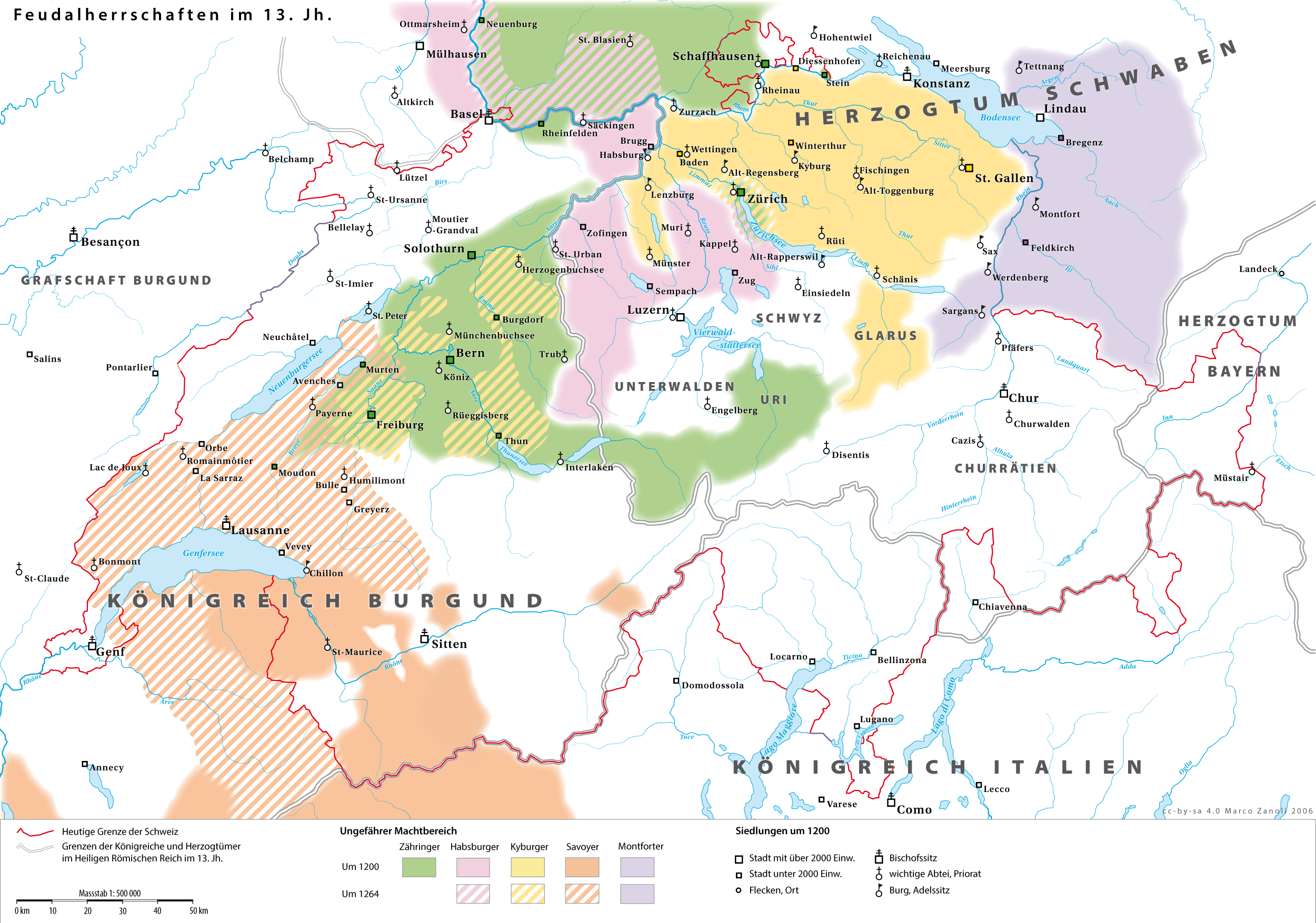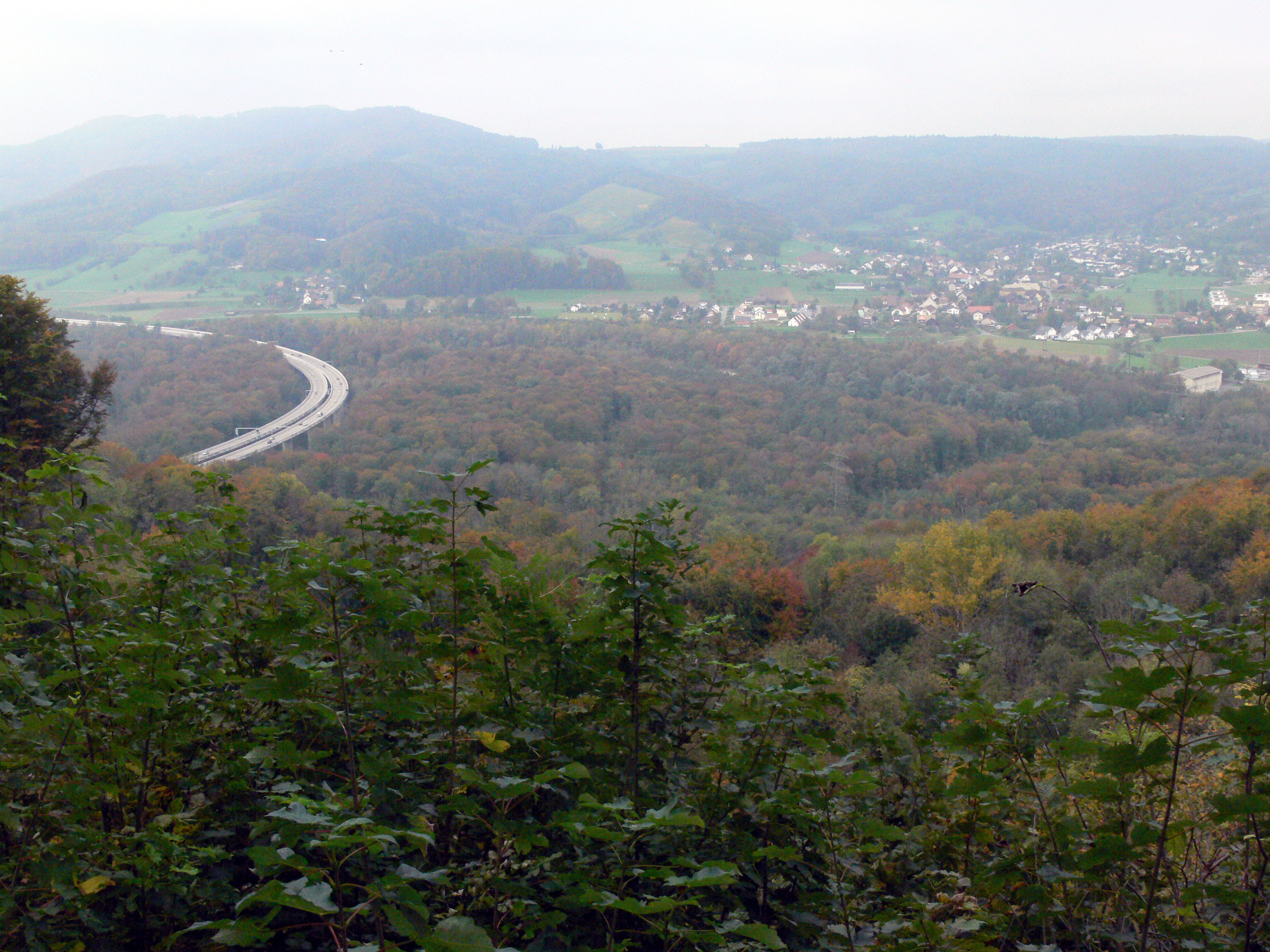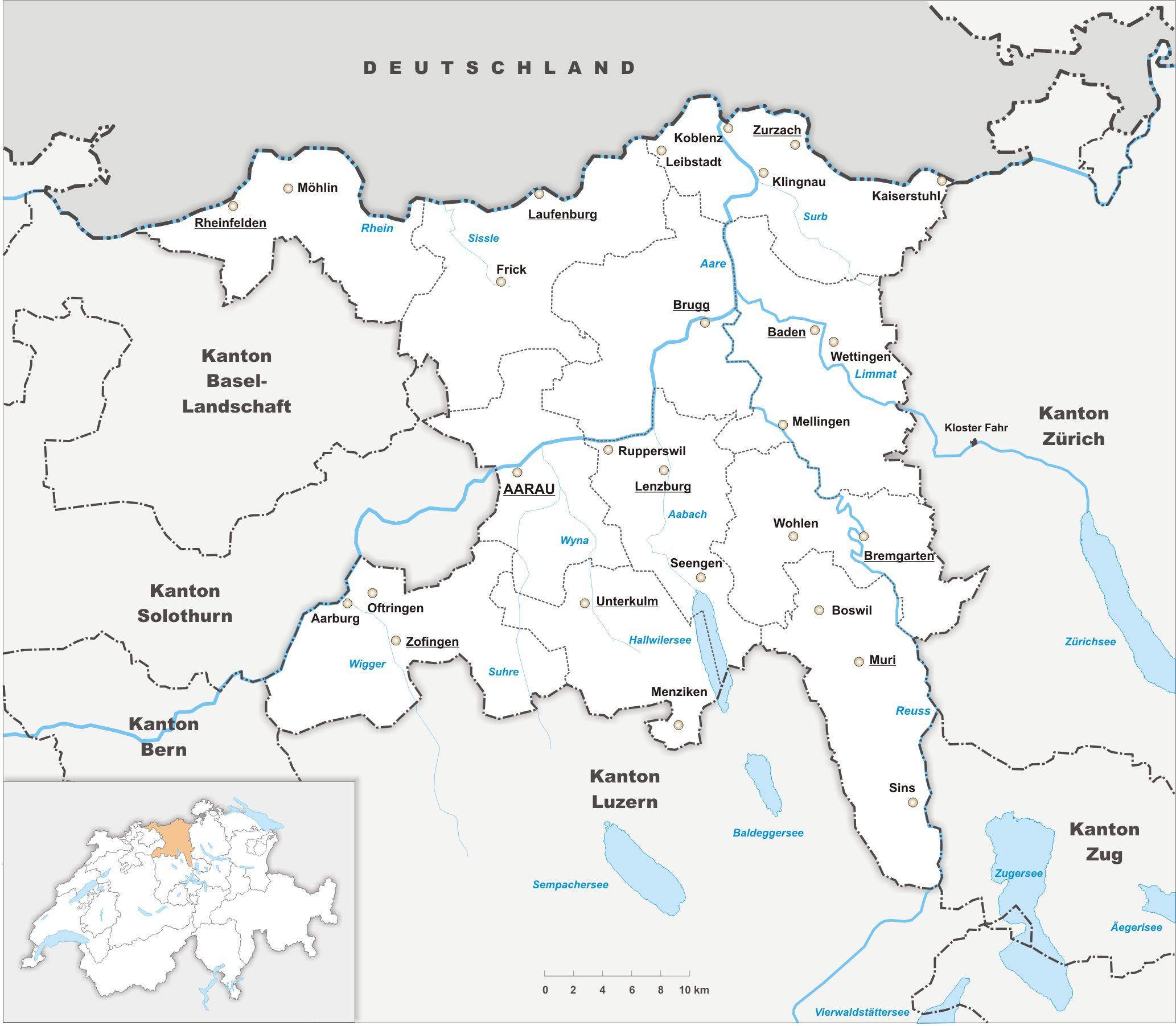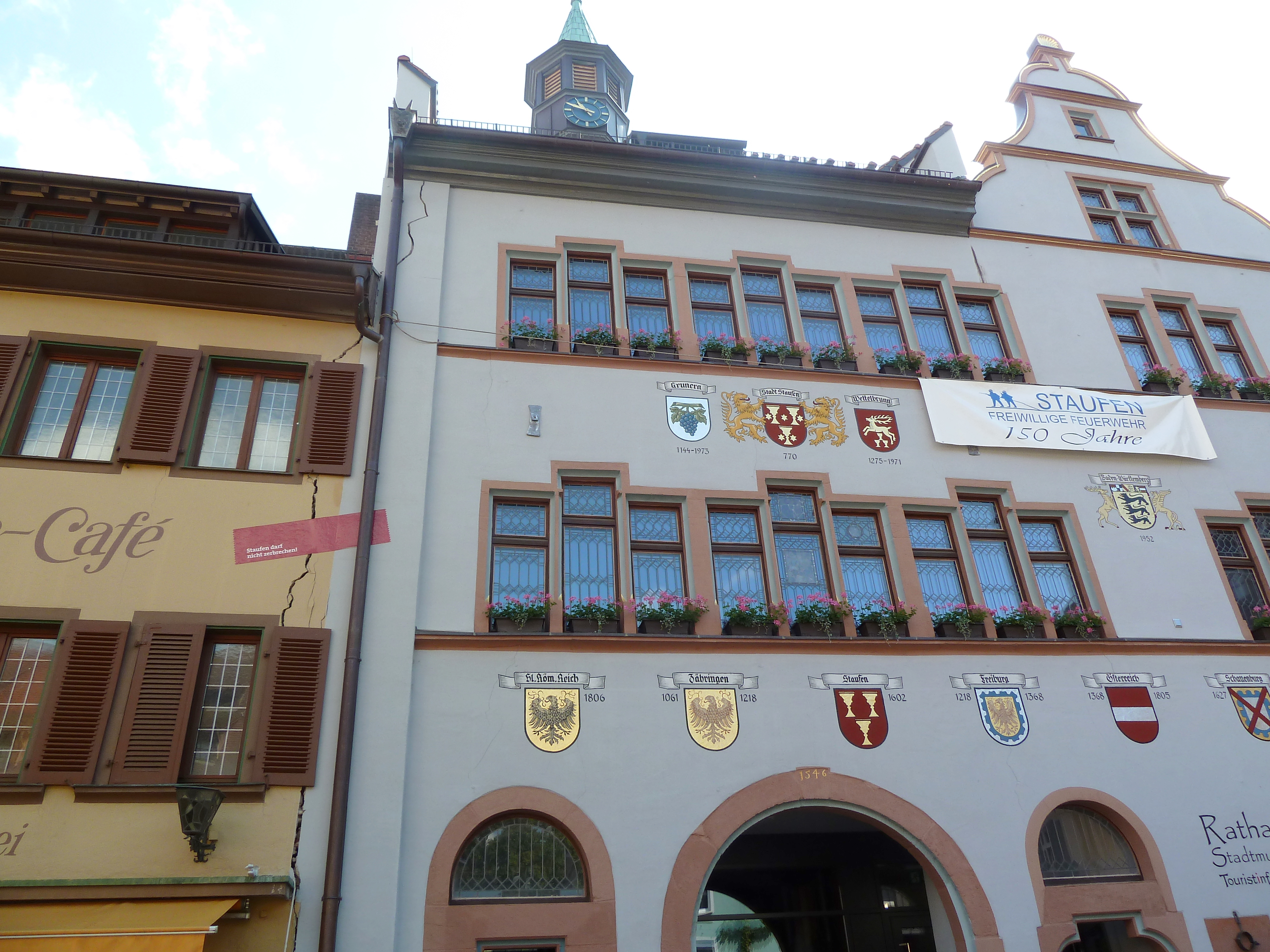|
Rudolph II, Count Of Habsburg
Rudolph II (or Rudolph the Kind) (died 10 April 1232) was Count of Habsburg in the Aargau and a progenitor of the royal House of Habsburg. He was the only son of Count Albert III of Habsburg and Ita of Pfullendorf. He married Agnes of Staufen. Rudolph was the father of Count Albert IV of Habsburg and Count Rudolph III of Habsburg and the grandfather of King Rudolph I of Germany Rudolf I (1 May 1218 – 15 July 1291) was the first King of Germany from the House of Habsburg. The first of the count-kings of Germany, he reigned from 1273 until his death. Rudolf's election marked the end of the Great Interregnum whic .... {{DEFAULTSORT:Rudolph 02, Count of Habsburg Counts of Habsburg 1232 deaths Year of birth unknown ... [...More Info...] [...Related Items...] OR: [Wikipedia] [Google] [Baidu] |
House Of Habsburg
The House of Habsburg (), alternatively spelled Hapsburg in Englishgerman: Haus Habsburg, ; es, Casa de Habsburgo; hu, Habsburg család, it, Casa di Asburgo, nl, Huis van Habsburg, pl, dom Habsburgów, pt, Casa de Habsburgo, la, Domus Habsburg, french: Maison des Habsbourg and also known as the House of Austriagerman: link=no, Haus Österreich, ; es, link=no, Casa de Austria; nl, Huis van Oostenrijk, pl, dom Austrii, la, Domus Austriæ, french: Maison d'Autriche; hu, Ausztria Háza; it, Casa d'Austria; pt, Casa da Áustria is one of the most prominent and important dynasties in European history. The house takes its name from Habsburg Castle, a fortress built in the 1020s in present-day Switzerland by Radbot of Klettgau, who named his fortress Habsburg. His grandson Otto II, Count of Habsburg, Otto II was the first to take the fortress name as his own, adding "Count of Habsburg" to his title. In 1273, Count Radbot's seventh-generation descendant Rudolph I of German ... [...More Info...] [...Related Items...] OR: [Wikipedia] [Google] [Baidu] |
Albert III, Count Of Habsburg
Albert III (died 25 November 1199), also known as Albert the Rich, was Count of Habsburg and a progenitor of the royal House of Habsburg. ''The Encyclopædia Britannica: a dictionary'', 1894, p.405, -->&lpg=PA405 Books-Google-AAJ He was the son of Count Werner II of Habsburg, whom he succeeded in 1167. Albert married Ida, daughter of Count Rudolph of Pfullendorf and Elisabeth, daughter of Welf VI. Like his father, he was a loyal supporter of the Imperial House of Hohenstaufen The Hohenstaufen dynasty (, , ), also known as the Staufer, was a noble family of unclear origin that rose to rule the Duchy of Swabia from 1079, and to royal rule in the Holy Roman Empire during the Middle Ages from 1138 until 1254. The dynasty .... He was the father of Count Rudolph II of Habsburg.Denham, Sir James, ''The Cradle of the Habsburgs'', (Chatto & Windus, 1907), xi. References Counts of Habsburg 1199 deaths Year of birth unknown {{Germany-count-stub ... [...More Info...] [...Related Items...] OR: [Wikipedia] [Google] [Baidu] |
Albert IV, Count Of Habsburg
Albert IV (or Albert the Wise) (c. 1188 – December 13, 1239) was Count of Habsburg in the Aargau and a progenitor of the royal House of Habsburg. He was the son of Count Rudolph II of Habsburg and Agnes of Staufen. About 1217, Albert married Hedwig (Heilwig), daughter of Count Ulrich of Kyburg (died 1237) and Anna of Zähringen. He was present at the signing of the Golden Bull of Rimini in March 1226. Upon the death of his father in 1232, he divided his family's estates with his brother Rudolph III, whereby he retained the ancestral seat at Habsburg Castle. A follower of Emperor Frederick II of Hohenstaufen, he took part in the Barons' Crusade of 1239 with King Theobald I of Navarre and died near Ashkelon. Albert was the father of King Rudolf I of Germany Rudolf I (1 May 1218 – 15 July 1291) was the first King of Germany from the House of Habsburg. The first of the count-kings of Germany, he reigned from 1273 until his death. Rudolf's election marked the en ... [...More Info...] [...Related Items...] OR: [Wikipedia] [Google] [Baidu] |
Rudolph III, Count Of Habsburg
Rudolph or Rudolf may refer to: People * Rudolph (name), the given name including a list of people with the name Religious figures * Rudolf of Fulda (died 865), 9th century monk, writer and theologian * Rudolf von Habsburg-Lothringen (1788–1831), Archbishop of Olomouc and member of the House of Habsburg-Lorraine Royalty and nobility * Rudolph I (other) *Rudolph II (other) * Rudolph III (other) * Rudolph of France (died 936) * Rudolph I of Germany (1218–1291) * Rudolf II, Holy Roman Emperor (1552–1612) * Rudolph, Prince of Anhalt-Zerbst (1576–1621) * Rudolf, Crown Prince of Austria (1858–1889), son and heir of Emperor Franz Joseph I of Austria and Empress Elisabeth of Austria (died at Mayerling) Places * Rudolph Glacier, Antarctica * Rudolph, South Dakota, US * Rudolph, Wisconsin, US, a village * Rudolph (town), Wisconsin, adjacent to the village * Rudolf Island, northernmost island of Europe * Lake Rudolf, now Lake Turkana, in Kenya ... [...More Info...] [...Related Items...] OR: [Wikipedia] [Google] [Baidu] |
Habsburg, Switzerland
Habsburg (High Alemannic: ''Hapschberg'') is a municipality in the district of Brugg in canton of Aargau in Switzerland. It lies about three kilometres southwest of the town of Brugg, the capital of the district of Brugg. Habsburg is named after Habsburg Castle, built around 1020-1030 for Count Radbot of the nearby county of Klettgau in the Duchy of Swabia, which Habsburg was also a part of at the time. History While Bronze Age and Roman era artifacts have been discovered, a village named Habsburg isn't mentioned until 1027, as ''Habesbur'' or ''Habeburch''. This reference comes from a later (1114) copy of the original 1027 document. In 1114 it was mentioned ''Hauesborc''. The documentation of the village in 1027 is contemporary with Count Radbot's construction of Habsburg Castle. It is believed that they named the castle after a hawk (german: Habicht) seen sitting on its walls. Some historians and linguists believe the name may come from the Middle High German word 'hab ... [...More Info...] [...Related Items...] OR: [Wikipedia] [Google] [Baidu] |
Aargau
Aargau, more formally the Canton of Aargau (german: Kanton Aargau; rm, Chantun Argovia; french: Canton d'Argovie; it, Canton Argovia), is one of the 26 cantons forming the Swiss Confederation. It is composed of eleven districts and its capital is Aarau. Aargau is one of the most northerly cantons of Switzerland. It is situated by the lower course of the Aare River, which is why the canton is called ''Aar-gau'' (meaning "Aare province"). It is one of the most densely populated regions of Switzerland. History Early history The area of Aargau and the surrounding areas were controlled by the Helvetians, a member of the Celts, as far back as 200 BC. It was eventually occupied by the Romans and then by the 6th century, the Franks. The Romans built a major settlement called Vindonissa, near the present location of Brugg. Medieval Aargau The reconstructed Old High German name of Aargau is ''Argowe'', first unambiguously attested (in the spelling ''Argue'') in 795. The ... [...More Info...] [...Related Items...] OR: [Wikipedia] [Google] [Baidu] |
Pfullendorf
Pfullendorf is a small town of about 13,000 inhabitants located north of Lake Constance in Baden-Württemberg, Germany. It was a Free Imperial City of the Holy Roman Empire for nearly 600 years. The town is in the district of Sigmaringen south of the Danube valley and therefore on the continental divide between the watersheds of the Rhine and the Danube. The area is known as the Linzgau. History Early history Pfullendorf was founded by the Alamanni tribe during their third wave of settlement and might have been named after a clan chief named ''Pfullo''. According to another theory, it was named ''Dorf am Phoul'' (''Pfuol''), meaning ''village on the Phoul''. The area around Lake Constance, particularly the Linzgau, Hegau and Vorarlberg, came progressively under the rule of the counts of Pfullendorf from the 8th century onward. The earliest documented bearer of that name was Count Ludwig von Pfullendorf, who is referred to as the ruler of the county of Hegau from 1067 to 1116. ... [...More Info...] [...Related Items...] OR: [Wikipedia] [Google] [Baidu] |
Staufen Im Breisgau
Staufen im Breisgau (High Alemannic: ''Staufe im Brisgau'') is a German town in the Breisgau-Hochschwarzwald district of Baden-Württemberg. It had a population of approximately 8,300 in 2019. General The city of Staufen im Breisgau lies in the district of Breisgau-Hochschwarzwald in the German state of Baden-Württemberg. Staufen has approximately 7,700 inhabitants and forms, together with the community of Münstertal, Black Forest, a community administrative unit. It is noted in history and culture for its association with Faust who, according to one source, died in or near Staufen around 1540. Geography Staufen lies at the foot of the Black Forest at the exit from the Münstertal. The Black Forest valley of Neumagen goes here directly over into the Rhine plain. The piedmont of the Black Forest is less distinct. North of the valley exit, the steeply rising old castle ruins dominates; to the southwest begins the hilly landscape of the Markgräflerland. Staufen lies on the bord ... [...More Info...] [...Related Items...] OR: [Wikipedia] [Google] [Baidu] |
Rudolph I Of Germany
Rudolf I (1 May 1218 – 15 July 1291) was the first King of Germany from the House of Habsburg. The first of the count-kings of Germany, he reigned from 1273 until his death. Rudolf's election marked the end of the Great Interregnum which had begun after the death of the Hohenstaufen Emperor Frederick II in 1250. Originally a Swabian count, he was the first Habsburg to acquire the duchies of Austria and Styria in opposition to his mighty rival, the Přemyslid king Ottokar II of Bohemia, whom he defeated in the 1278 Battle on the Marchfeld. The territories remained under Habsburg rule for more than 600 years, forming the core of the Habsburg monarchy and the present-day country of Austria. Rudolf played a vital role in raising the comital House of Habsburg to the rank of Imperial princes. Early life Rudolf was born on 1 May 1218 at Limburgh Castle near Sasbach am Kaiserstuhl in the Breisgau region of present-day southwestern Germany. He was the son of Count Albert ... [...More Info...] [...Related Items...] OR: [Wikipedia] [Google] [Baidu] |
House Of Habsburg
The House of Habsburg (), alternatively spelled Hapsburg in Englishgerman: Haus Habsburg, ; es, Casa de Habsburgo; hu, Habsburg család, it, Casa di Asburgo, nl, Huis van Habsburg, pl, dom Habsburgów, pt, Casa de Habsburgo, la, Domus Habsburg, french: Maison des Habsbourg and also known as the House of Austriagerman: link=no, Haus Österreich, ; es, link=no, Casa de Austria; nl, Huis van Oostenrijk, pl, dom Austrii, la, Domus Austriæ, french: Maison d'Autriche; hu, Ausztria Háza; it, Casa d'Austria; pt, Casa da Áustria is one of the most prominent and important dynasties in European history. The house takes its name from Habsburg Castle, a fortress built in the 1020s in present-day Switzerland by Radbot of Klettgau, who named his fortress Habsburg. His grandson Otto II, Count of Habsburg, Otto II was the first to take the fortress name as his own, adding "Count of Habsburg" to his title. In 1273, Count Radbot's seventh-generation descendant Rudolph I of German ... [...More Info...] [...Related Items...] OR: [Wikipedia] [Google] [Baidu] |
Counts Of Habsburg
The House of Habsburg (), alternatively spelled Hapsburg in Englishgerman: Haus Habsburg, ; es, Casa de Habsburgo; hu, Habsburg család, it, Casa di Asburgo, nl, Huis van Habsburg, pl, dom Habsburgów, pt, Casa de Habsburgo, la, Domus Habsburg, french: Maison des Habsbourg and also known as the House of Austriagerman: link=no, Haus Österreich, ; es, link=no, Casa de Austria; nl, Huis van Oostenrijk, pl, dom Austrii, la, Domus Austriæ, french: Maison d'Autriche; hu, Ausztria Háza; it, Casa d'Austria; pt, Casa da Áustria is one of the most prominent and important dynasties in European history. The house takes its name from Habsburg Castle, a fortress built in the 1020s in present-day Switzerland by Radbot of Klettgau, who named his fortress Habsburg. His grandson Otto II was the first to take the fortress name as his own, adding "Count of Habsburg" to his title. In 1273, Count Radbot's seventh-generation descendant Rudolph of Habsburg was elected King of th ... [...More Info...] [...Related Items...] OR: [Wikipedia] [Google] [Baidu] |





_c1640_Rudolf_I.jpg)